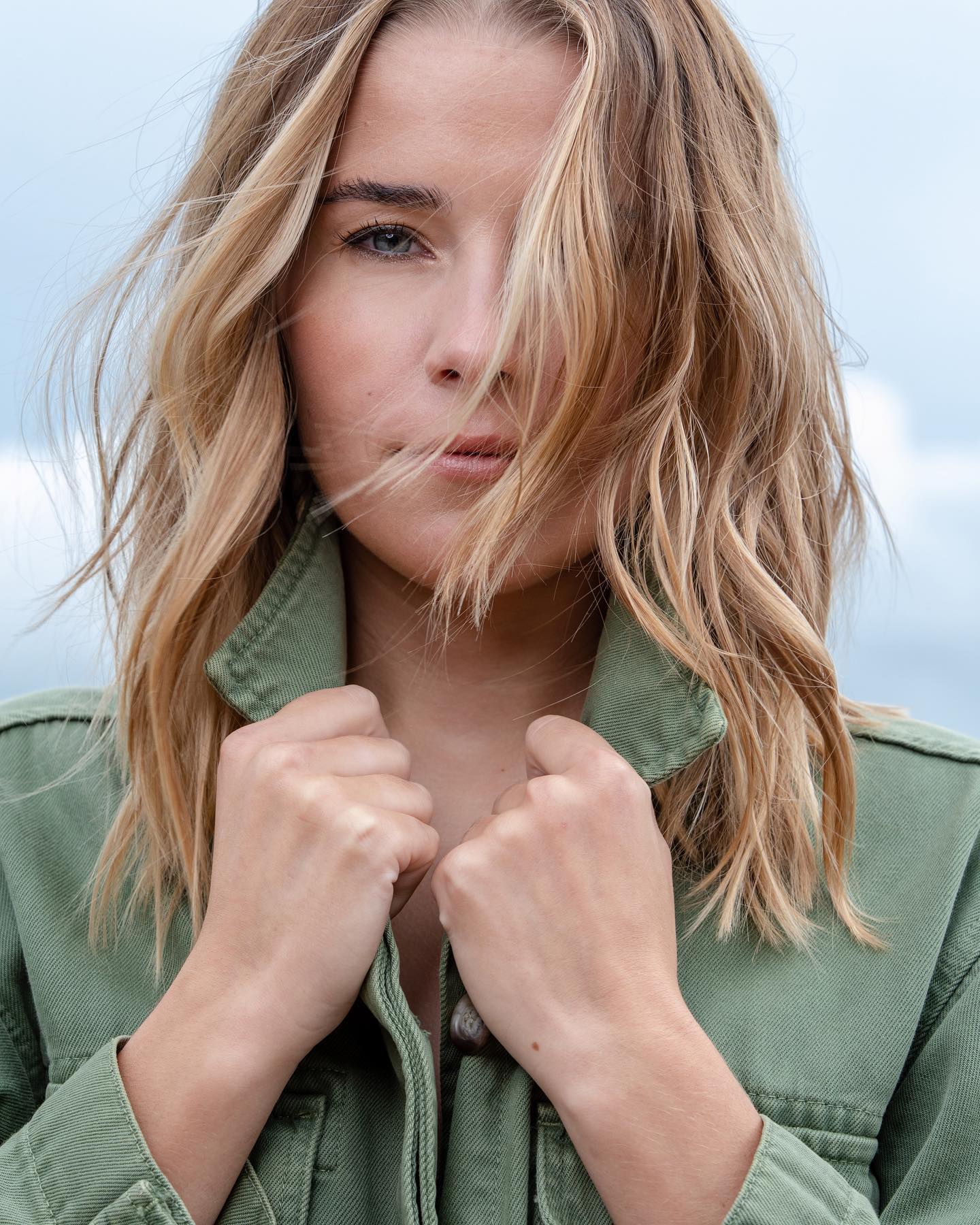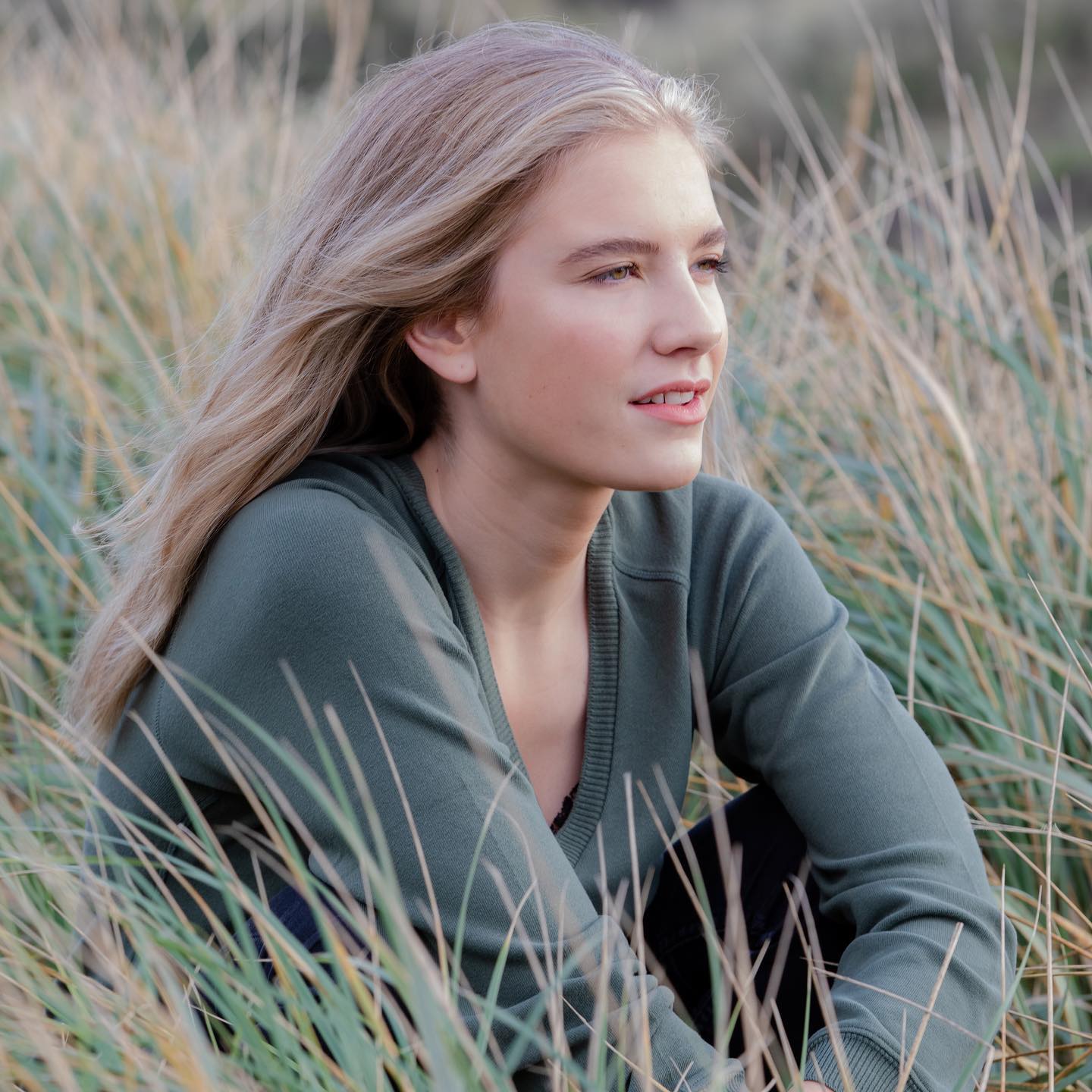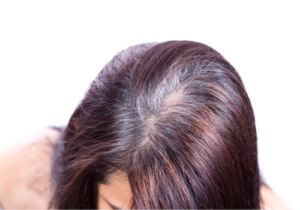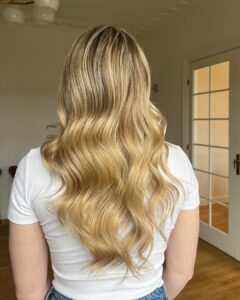Introduction to hair bleaching
Definition of hair bleaching
Hair bleaching is a chemical process that removes the natural color of hair strands to lighten them. This process involves the use of chemicals that alter the structure of the hair to achieve a lighter shade. Bleaching is often an essential step before applying certain colorings that require a lighter base.
Types of hair bleaching
- Total discoloration : This is the process where the entire head of hair is lightened for a uniform look.
- Partial discoloration : Involves lightening specific sections of hair, such as highlights or balayage.
- Progressive fading : Lightens hair slightly with each application to gradually achieve the desired shade.
Why choose an even fade?
Benefits of uniform fading
Uniform bleaching is often chosen by those wishing to make a radical hair transformation or establish a neutral base for future coloring. Here are just a few advantages:
- Homogenous color : Uniform fading ensures continuous color without demarcation, creating the perfect base for bright or pastel colorations.
- Versatility : Once the hair is evenly bleached, it's easy to experiment with a variety of other colors, offering an infinite range of creative possibilities.
- Hair rejuvenation: In addition to lightening, this process can also remove residues from previous colorings, restoring vitality to your hair.
Preparation for uniform fading
General hair health
Hair health assessment
Before proceeding with uniform bleaching, it's crucial to assess the health of your hair. Healthy hair is more resistant to the potentially damaging effects of bleaching products. To check the health of your hair, consider the following:
- Breakage problems : If your hair breaks easily, we recommend improving its condition with strengthening treatments before proceeding with bleaching.
- Elasticity : Hair should be slightly stretchable without breaking. If this is not the case, it may indicate brittleness that needs to be treated beforehand.
- Hydration level : Well-moisturized hair has a natural shine and is less prone to damage.
Preparing hair for bleaching
Preparing your hair is paramount to ensuring a successful bleaching process. This includes:
- Nutrient treatments : Applying moisturizing or protein-based masks a few weeks before bleaching can strengthen the hair fiber.
- Avoid the use of chemicals: Reduce the use of aggressive styling products to avoid overloading your hair before treatment.
- Trim damaged ends: Getting rid of split ends can reduce the risk of brittleness during the fading process.
Choosing the right bleach
Types of bleaching products
The market offers a wide variety of bleaching products. The main types include :
- Bleaching powder : Ideal for intense lightening, often used in salons.
- Bleaching cream : Softer than powder, it is better suited to touch-ups and sensitive hair.
- Ammonia-free bleaches : Designed to reduce damage, they are perfect for more subtle color.
How to choose the right bleach
Choosing the right product is essential to achieving the results you want, while preserving the health of your hair. Consider the following criteria:
- Hair type : Choose a product that corresponds to your hair type: thick, fine, curly, etc.
- Desired lightening level : For a radical change, a powerful product is needed, while a gradual fade may suffice for a more subtle effect.
- Scalp sensitivity : To avoid irritation and itching, use ammonia-free products if you have a sensitive scalp.
- Product compatibility : Make sure the product is compatible with other treatments you plan to carry out in the future.
See also: How do you make a success of homemade hair color?
Uniform fading process
How to apply bleach
Application method for uniform discoloration
Correct application of the bleaching product is essential to achieve even color and avoid uneven areas. Here are the steps you need to follow to ensure a successful bleach application:
- Preparation: Wear gloves and use a cape to protect your clothes. Divide your hair into equal sections for easier application.
- Product mix : Follow the manufacturer's instructions for preparing a homogeneous mixture. Generally, this involves mixing the bleaching powder with a developer.
- Application: Start by applying the product to the ends and length of the hair, as these areas generally take longer to lighten. Finish at the roots, where the natural heat of the head speeds up the process.
Tips for applying bleach
Ensuring consistent application can be a challenge, but by following these tips, you're putting the odds in your favor:
- Using a brush : An applicator brush lets you precisely control the amount of product applied and reach hard-to-reach areas.
- Work fast : The product's application time is limited, so it's important to apply it evenly and quickly.
- Gently comb hair: Use a wide-tooth comb to distribute the product evenly and avoid build-up.
Monitoring the fading process
How to correctly monitor discoloration
Monitoring the fading process is crucial to avoid excessive damage and achieve the desired result. Here are some key steps:
- Follow the indicated time: Respect the application time recommended by the manufacturer to avoid excessively weakening the hair.
- Regular checks : Check progress every 10-15 minutes, removing product lightly with a damp cloth to observe the degree of lightening.
- Use of natural light : Natural light allows you to better assess the shade and whether it matches your expectations.
What to do in case of problems during bleaching
Problems may arise during the bleaching process. Here's how to deal with certain situations:
- Scalp irritation: If you experience severe irritation, rinse off the product immediately and apply a soothing treatment.
- Uneven result: If the result is uneven, it's best to wait a few days before redoing corrective bleaching to avoid further stressing the hair.
- Unwanted color : Use a toner or semi-permanent color to adjust and neutralize unwanted shades.
Care after fading
After-care
Intense hydration
After bleaching your hair, one of the most important things you can do is maintain optimum moisture levels. Bleaching products can dry out the hair fiber, so it's crucial to use moisturizing masks once or twice a week to restore moisture and preserve your hair's softness.
Use of specific products
Opt for shampoos and conditioners formulated for colored or bleached hair. These products generally contain ingredients that help prolong color, add shine and strengthen hair structure.
Heat protection
Limit the use of heated tools such as straightening irons and hair dryers. If you must use them, always apply a thermal protector to minimize damage. Excessive heat can aggravate the dryness of bleached hair and cause breakage.
FAQ
What are the risks of bleaching hair that has already been chemically treated?
Hair that has already undergone chemical treatments can be more fragile and prone to breakage. It's important to nourish and strengthen the hair fiber before bleaching again.
How can I limit the appearance of yellow highlights after bleaching?
To avoid yellow highlights, a purple or silver shampoo can be used to neutralize unwanted warm tones and help maintain a cooler, brighter shade.
Can you bleach your own hair at home?
Yes, it's possible to bleach your hair at home, as long as you follow the instructions for safety and product use. However, for a first attempt or a major bleaching project, it is advisable to consult a professional to avoid mistakes.
How long should I wait before redoing my bleaching?
It's advisable to wait 4 to 6 weeks between bleaching to allow your hair to recover and reduce the risk of damage. In the meantime, treat your hair to the right care products to boost its resilience.
What's the difference between bleaching and stripping?
Bleaching lightens hair, while stripping removes artificial color pigments. Stripping is used to remove an old dye, often in preparation for a new color, while bleaching is primarily aimed at obtaining a lighter shade.





